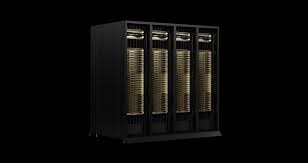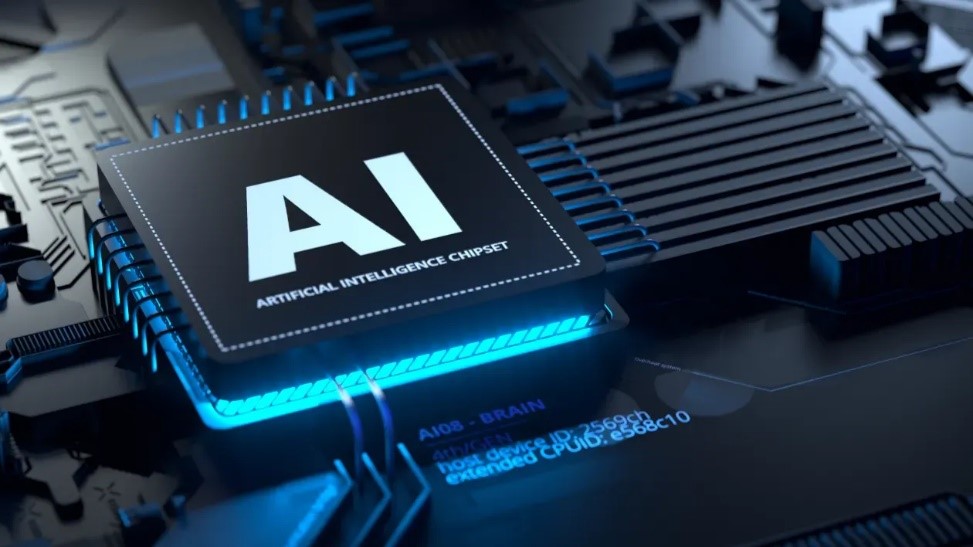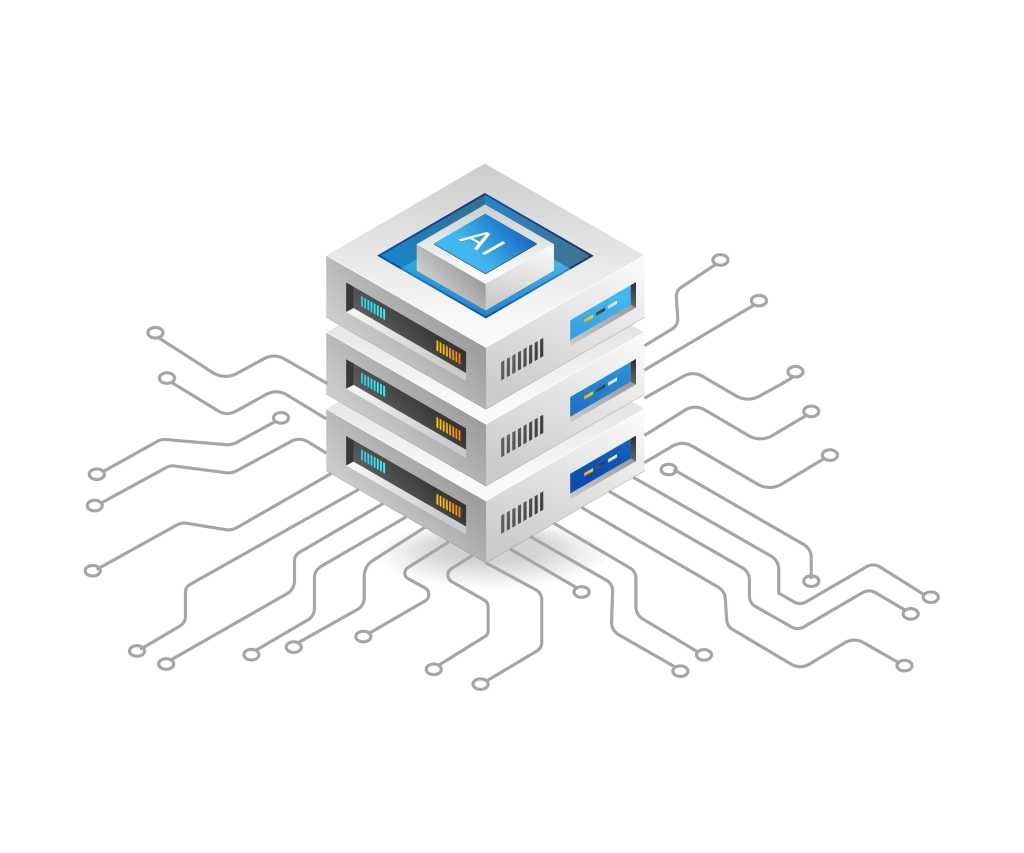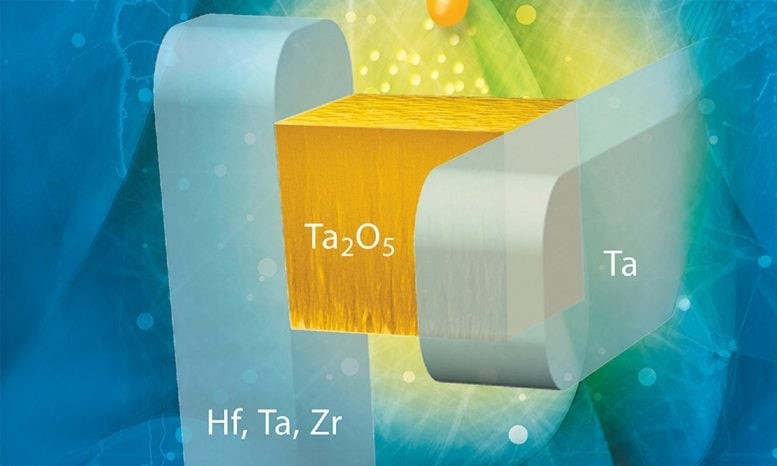This AI Runs on Light Instead of Electricity and Achieves Incredible Speeds
Revolutionizing Infrastructure Monitoring with DAS Technology
Distributed Acoustic Sensing (DAS) is transforming infrastructure monitoring by detecting tiny vibrations along fiber optic cables that span tens of kilometers. This technology is crucial for applications like earthquake detection, oil exploration, railway monitoring, and submarine cable surveillance. However, DAS systems generate massive amounts of data, creating a significant challenge: processing it fast enough for real-time decision-making. Without rapid analysis, DAS loses its effectiveness in situations that demand immediate responses.
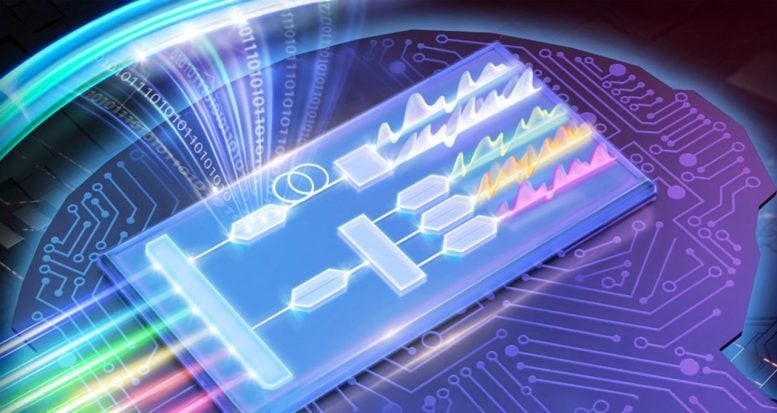
Figure 1. Revolutionary AI Powered by Light: Faster and More Efficient Than Ever.
To overcome this, researchers are leveraging machine learning—particularly neural networks—to accelerate DAS data processing. While traditional electronic computing with CPUs and GPUs has advanced significantly, it still faces limitations in speed and energy efficiency. Photonic neural networks, which use light instead of electricity, offer a groundbreaking solution, enabling much faster data processing with significantly lower power consumption. However, integrating photonic computing with DAS remains a challenge due to the complexity of DAS data and the need for precise signal interpretation. Figure 1 shows Revolutionary AI Powered by Light: Faster and More Efficient Than Ever.
Harnessing Light for Neural Network Processing
Researchers have developed a novel system architecture that converts traditional electronic neural network operations into optical processes. Their approach leverages multiple tunable lasers, each emitting light at different wavelengths to represent the neural network’s convolution kernels—mathematical filters that extract features from input data.
To achieve this, they first transformed the two-dimensional data from DAS systems into one-dimensional vectors. These vectors were then encoded onto optical signals using the well-established Mach-Zehnder modulator. A wavelength-selective switch was employed to assign specific weights to different wavelength channels, effectively performing convolution operations using light instead of electronic calculations.
Overcoming Technical Hurdles in Optical Computation
The researchers tackled two critical challenges in optical computing: mitigating the effects of modulation chirp (frequency variations) on optical convolutions and developing reliable methods for optical full-connection operations.
Through detailed experiments, they identified a key performance metric: the ratio of wavelength shift caused by modulation chirp to the wavelength spacing between adjacent laser channels. When this ratio exceeds 0.1, recognition accuracy drops significantly. To address this, they employed a technique called push-pull modulation and optimized system parameters to reduce the ratio. These improvements enabled them to achieve a classification accuracy exceeding 90 percent—approaching the 98.3 percent accuracy of conventional electronic systems.
Breakthrough Performance and Future Potential
The proposed TWM-PNNA system showcased remarkable computational capabilities, achieving 1.6 trillion operations per second (TOPS) with an energy efficiency of 0.87 TOPS per watt. Theoretically, it could reach speeds of 81 TOPS with an energy efficiency of 21.02 TOPS per watt—outperforming comparable electronic GPUs by orders of magnitude.
By introducing an innovative computational framework for DAS systems, TWM-PNNA paves the way for seamless all-optical integration with high-speed computing. This breakthrough marks a significant step toward next-generation infrastructure monitoring, enabling real-time processing of massive sensor data. If fully realized, this technology could revolutionize critical applications, from infrastructure protection and seismic monitoring to transportation safety.
The Limits of Traditional Electronic AI
- How AI relies on CPUs and GPUs, which process data using electricity.
- The bottlenecks: energy consumption, heat generation, and processing speed.
- Why traditional computing struggles with large-scale AI tasks and real-time data analysis.
Enter Photonic Computing—AI Powered by Light
- The core idea: using photons instead of electrons for computation.
- How light-based processors execute operations at unprecedented speeds.
- The energy efficiency advantage—less heat, lower power consumption, and faster calculations.
What Photonic Neural Networks Work
- Converting traditional neural networks into optical processes.
- Using lasers and optical components to perform complex mathematical operations.
- Key technologies: Mach-Zehnder modulators, wavelength-selective switches, and optical convolution.
The Future of AI with Light-Speed Computing
- Potential breakthroughs in AI-driven infrastructure monitoring, healthcare, and autonomous systems.
- The impact on industries requiring real-time data processing, like seismic monitoring and telecommunications.
- What’s next? The race toward fully photonic AI systems for mainstream adoption.
Source: SciTECHDaily
Cite this article:
Priyadharshini S (2025), This AI Runs on Light Instead of Electricity and Achieves Incredible Speeds, AnaTechMaz, pp. 580



